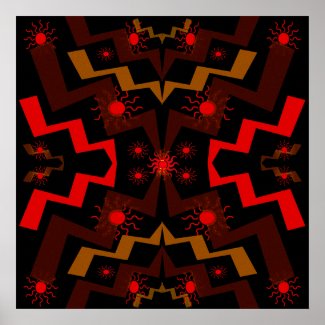tagged with: stars, galaxies, astronomy, galaxy, phone shells, phone protectors, phone covers, dorneblmc, stellar nursery, r136, 30 doradus nebula, large magellanic cloud, star cluster, amazing hubble images, phone skins, phone cases, massive stars, tarantula nebula
Galaxies, Stars and Nebulae series Hundreds of brilliant blue stars wreathed by warm, glowing clouds in appear in this the most detailed view of the largest stellar nursery in our local galactic neighborhood. The massive, young stellar grouping, called R136, is only a few million years old and resides in the 30 Doradus (or Tarantula) Nebula, a turbulent star-birth region in the Large Magellanic Cloud (LMC), a satellite galaxy of our Milky Way.
There is no known star-forming region in our galaxy as large or as prolific as 30 Doradus. Many of the diamond-like icy blue stars are among the most massive stars known. Several of them are over 100 times more massive than our Sun. These hefty stars are destined to pop off, like a string of firecrackers, as supernovas in a few million years. The image, taken in ultraviolet, visible, and red light by Hubble's Wide Field Camera 3, spans about 100 light-years.
The movement of the LMC around the Milky Way may have triggered the massive cluster's formation in several ways. The gravitational tug of the Milky Way and the companion Small Magellanic Cloud may have compressed gas in the LMC. Also, the pressure resulting from the LMC plowing through the Milky Way's halo may have compressed gas in the satellite. The cluster is a rare, nearby example of the many super star clusters that formed in the distant, early universe, when star birth and galaxy interactions were more frequent.
The LMC is located 170,000 light-years away and is a member of the Local Group of Galaxies, which also includes the Milky Way. The Hubble observations were taken Oct. 20-27, 2009. The blue color is light from the hottest, most massive stars; the green from the glow of oxygen; and the red from fluorescing hydrogen.
more items with this image
more items in the Galaxies, Stars and Nebulae series
image code: dorneblmc
Image credit: Hubble's Wide Field Camera 3
»visit the HightonRidley store for more designs and products like this


No comments:
Post a Comment